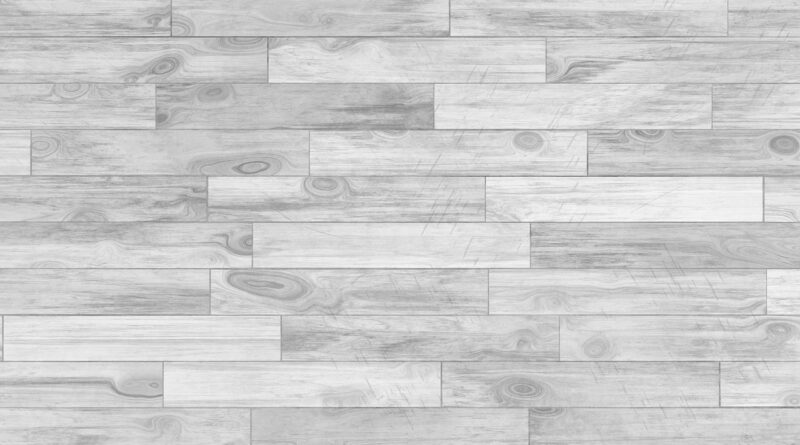3 Best floor types for rental properties
There are several important factors to consider when you are looking for the best floor types for rental properties. Many property investors think since they will not be living in rental property, they can opt for the cheapest flooring option. While this may make financial sense in the short term, it’s important to think about what is best in the long run. The cost of maintaining, repairing or replacing flooring can quickly add up, that’s why durability is also an important factor to consider. Having identified flooring cost and durability as the main priorities for property investors let’s look at some of the best floor types for rental properties.
Two flooring types not to use in rental properties
- Carpet – although cheap carpet requires constant cleaning and maintenance and is susceptible to all kinds of spills, stains, wear, and tear. Few flooring options have the same warm comfort that carpet provides but tenants can still achieve that feeling with rugs
- Hardwood floors – hardwood floors require sanding and polishing every couple of years to maintain their brilliance. Furthermore, timber is susceptible to water damage and scratches.
Laminate
Laminate flooring is a multilayer composite flooring product resembling wood, but more durable and resistant to scratches, dents, stains, and wear. Laminate is a very durable flooring material that can handle high foot traffic and is relatively easy to clean. It is also simple to install, meaning installation costs can be kept down. Alternatively, it can be installed DIY for those DIY capable property investors. Another advantage of laminate is that it is available stylistically very diverse because it comes in a wide variety of patterns, styles, and colours.
Tile
Tile gives a beautiful look and is easy to maintain. Tile is one of the easiest flooring options to care for. It can be cleaned with basic cleaning products and is relatively low maintenance. Tiles are extremely durable. If installed correctly, tiles and can withstand years of heavy-duty traffic without any signs of wear and tear. Although if by chance one or more tiles crack through blunt force impact then the damages can prove to be a real eyesore. What’s more individual tiles are difficult to replace? This is one of the main downsides to tile. Another downside of tile is that it can be costly to purchase the tiles and costly to installation. Tiling can also be quite a tricky project and the results of DIY tiling may be sub-standard.
Vinyl plank flooring
If you are looking for an easy to care for, long lasting, lightweight, and cost-effective flooring solution vinyl plank flooring may be the perfect choice for your home. Vinyl is relatively durable and has a long life even though it is susceptible to indentation from furniture legs etc. Like laminate it is available in a wide variety of colours and styles. Many modern vinyl planks are look so similar to traditional flooring materials like wood and tile that they are indistinguishable to the untrained eye. Vinyl is a water-resistant material that can be used even in wet areas of the home like a kitchen or bathroom.
Choosing the best floor type for rental properties
All these options have advantages and disadvantages. If you are uncertain which is the best floor types for your rental property, talk to someone at your local flooring store. They should be able to give you some good advice. Do not rush into a choice. Take your time and think about your options, before choosing the best floor type for your rental properties. This way you will make an informed decision and get the best value for your money. Good luck.


